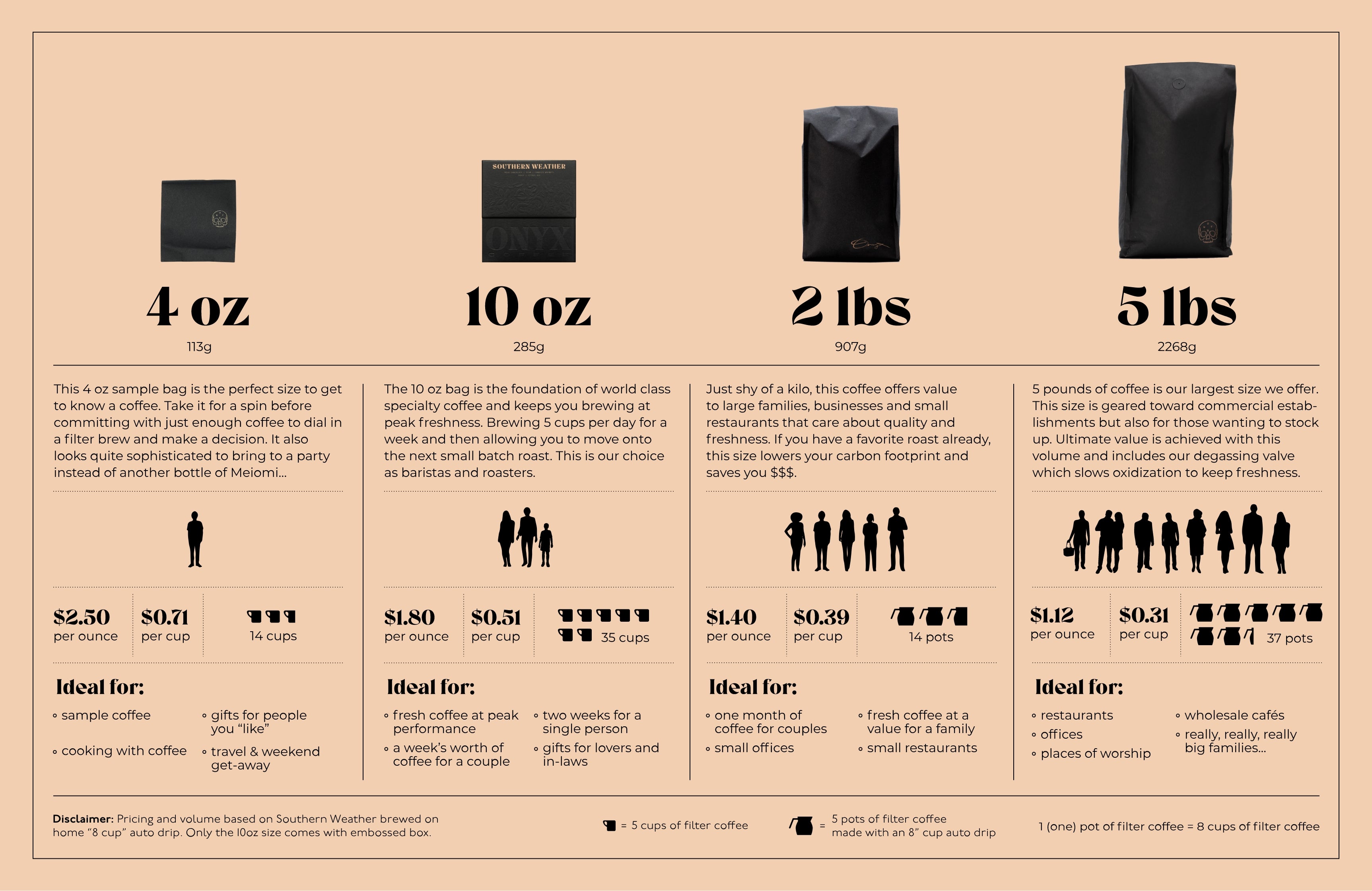Story
SHANTAWENE RELATIONSHIP By Catalyst Trade
“We have worked for several years now with the producers of Shantawene, our first season beginning in 2015. Shantawene village is situated between the village of Bombe and the Bombe mountain. The producers are part of a member organization consisting of 667 producers in various parts of the mountain range, which also include producers from Bombe and Keramo. We’ve worked with this group since before it was officially founded (more on that below). For the last two years, these member producers deliver their coffee cherries to the Bombe site Abore Washing Station for processing to our specifications. We always anticipate every lot from Shantawene each year, as they are to us the quintessential Ethiopian coffee - full of dynamic herbals and sparkling acidity, with articulate fruits. This coffee continues to stand out as a team favorite on the cupping table. Like Keramo, it is a dense coffee, with heaviest concentrations comprising the smaller screen sizes (the majority of the coffee screen sizes at 14 and 15). The larger screen sizes are a treat for the very few roasters who get them. In screens 16 and 17, we find heavy concentrations of fruit juice and lovely tea-like subtleties that the smaller screen sizes tend to hide with heavy handed perfumes.
Prior to the 2017/18 harvest, this producing group delivered coffee cherries to a different washing station nearby, called Shantawene washing station, where we first encountered the coffees and purchased them as mixed lots. Up until the 2017/2018 harvest, all coffees from Bombe, Keramo and Shantawene villages were processed together and sold under the name of Shantawene. We were noticing different cup dynamics from the cherries that came from different areas, and eventually began to isolate coffees by village. This led to the move to Bombe site washing station and getting even more isolation in the lots. For the past couple seasons, all producers we work with from Shantawene, Bombe and Keramo all deliver cherries to the more centralized Bombe site Abore Washing Station.” - Catalyst Trade
Low O2 Natural
In an effort to better understand and control the processing experiments that Catalyst Trade has been doing at the Abore site, they invested in some new equipment at the outset of the harvest. This equipment, including sealed tanks for processing whole cherries, allowed for better control of free oxygen in the fermentation environment. This natural process Keramo lot was processed within those barrels with an airlock mechanism, allowing for free oxygen to be flushed out as the microbes created CO2 during their breakdown of sugars. After a few conversations with Catalyst, we were driven to label this as a low oxygen natural process, which allows for the distinction of the zero oxygen naturals that took place this season as well. (Keep an eye out for those to be released soon.) After the whole cherries are fermented in a sealed barrel for a 24 hour cycle, the cherries are then removed and dried on shaded raised beds much like the other naturals at the Abore site. This limited oxygen cycle creates a wild jam-like note in the cup, with subtle florals on the aroma and the palate reminiscent of the terroir of Bensa coffees.




